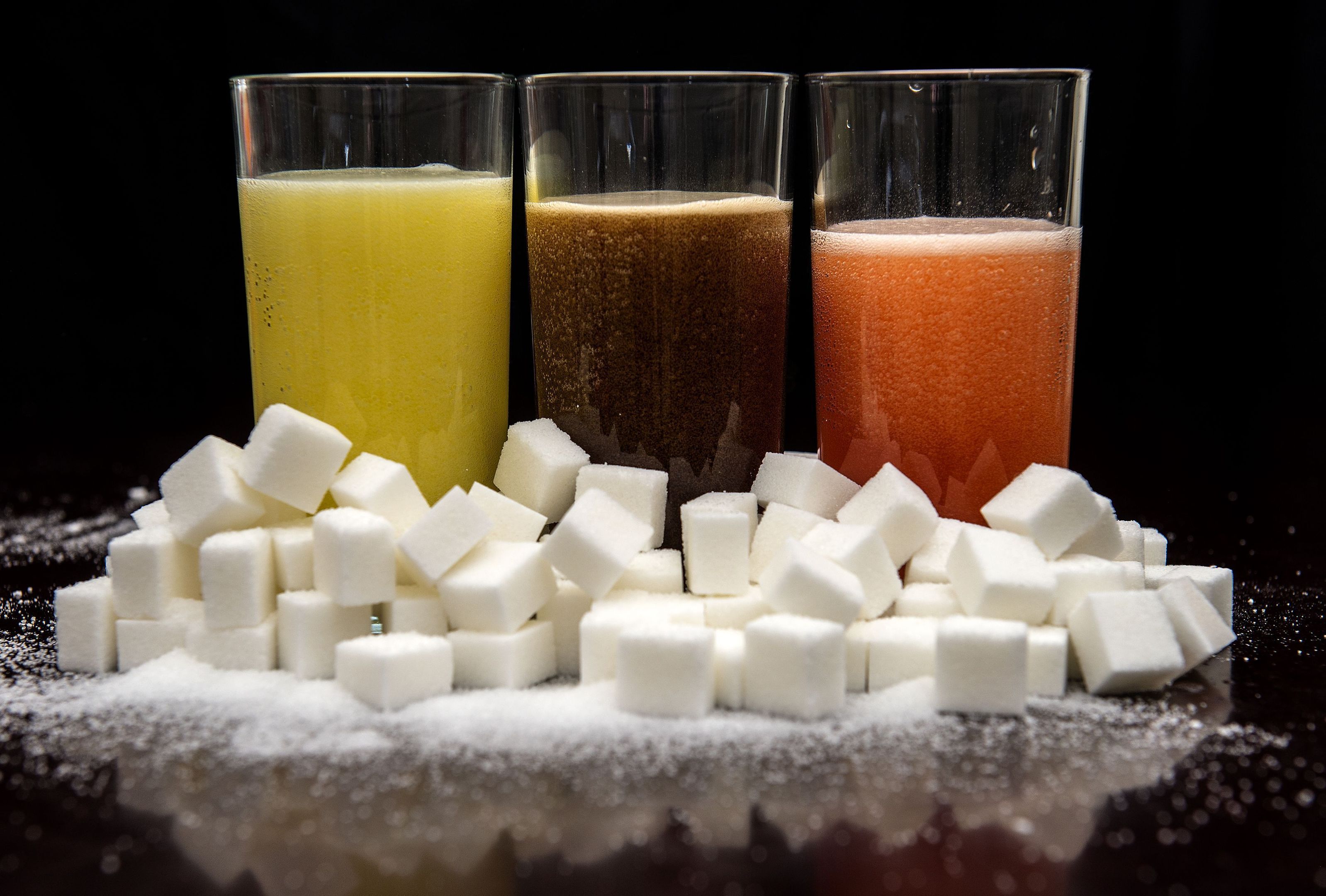
A new study involving obese children found impressive results in lowering blood pressure and cholesterol in as little as 10 days.
Scientists behind the study said it showed that sugar was “metabolically harmful not because of its calories” but because it is sugar.
The study, published in the journal Obesity, looked at the effect of restricting sugar on metabolic syndrome, a cluster of conditions that increase the risk of heart disease, stroke and Type 2 diabetes.
Metabolic syndrome can include high blood pressure, high blood glucose levels, excess body fat around the waist and abnormal cholesterol levels.
Some 43 children aged nine to 18 took part in the study at the University of California San Francisco Benioff Children’s Hospital.
All the children had a Latino or African-American background because of their higher risk for certain conditions associated with metabolic syndrome, such as high blood pressure and high blood glucose levels.
The children were all obese and had at least one other chronic disorder, such as high blood pressure.
Over a period of nine days, the children followed a meal plan that included all snacks and drinks, but restricted sugar intake.
Added sugar was banned but fruit was allowed.
The diet overall had the same fat, protein, carbohydrate, and calorie levels as their previous diets at home, with the carbohydrate from sugar replaced by foods such as bagels, cereals and pasta.
Hot dogs, crisps and pizza from local supermarkets all featured in the diet.
Initial fasting blood levels, blood pressure, and glucose tolerance were assessed before the new meals were eaten.
During the study, if the children did lose weight, they were given more of the low sugar foods to keep weight stable.
Overall, the total dietary sugar in the meal plan was was reduced from 28% to 10%, and fructose from 12% to 4% of total calories.
The results showed that the new meal plan led to dramatic improvements in health in a short time, with a drop in blood pressure and cholesterol, and improved liver function.
Fasting blood glucose levels fell by five points while insulin levels were cut by a third, researchers from the University of California San Francisco and Touro University in California said.
Lead author, Dr Robert Lustig, said: “This study definitively shows that sugar is metabolically harmful not because of its calories or its effects on weight; rather sugar is metabolically harmful because it’s sugar.
“This internally controlled intervention study is a solid indication that sugar contributes to metabolic syndrome, and is the strongest evidence to date that the negative effects of sugar are not because of calories or obesity.”
Jean-Marc Schwarz, senior author of the paper, added: “I have never seen results as striking or significant in our human studies.
“After only nine days of fructose restriction, the results are dramatic and consistent from subject to subject.
“These findings support the idea that it is essential for parents to evaluate sugar intake and to be mindful of the health effects of what their children are consuming.
“When we took the sugar out, the kids started responding to their satiety cues.
“They told us it felt like so much more food, even though they were consuming the same number of calories as before, just with significantly less sugar.
“Some said we were overwhelming them with food.”
Dr Lustig said: “This study demonstrates that a calorie is not a calorie.
“Where those calories come from determines where in the body they go.
“Sugar calories are the worst, because they turn to fat in the liver, driving insulin resistance, and driving risk for diabetes, heart, and liver disease.
“This has enormous implications for the food industry, chronic disease, and health care costs.”

Enjoy the convenience of having The Sunday Post delivered as a digital ePaper straight to your smartphone, tablet or computer.
Subscribe for only £5.49 a month and enjoy all the benefits of the printed paper as a digital replica.
Subscribe